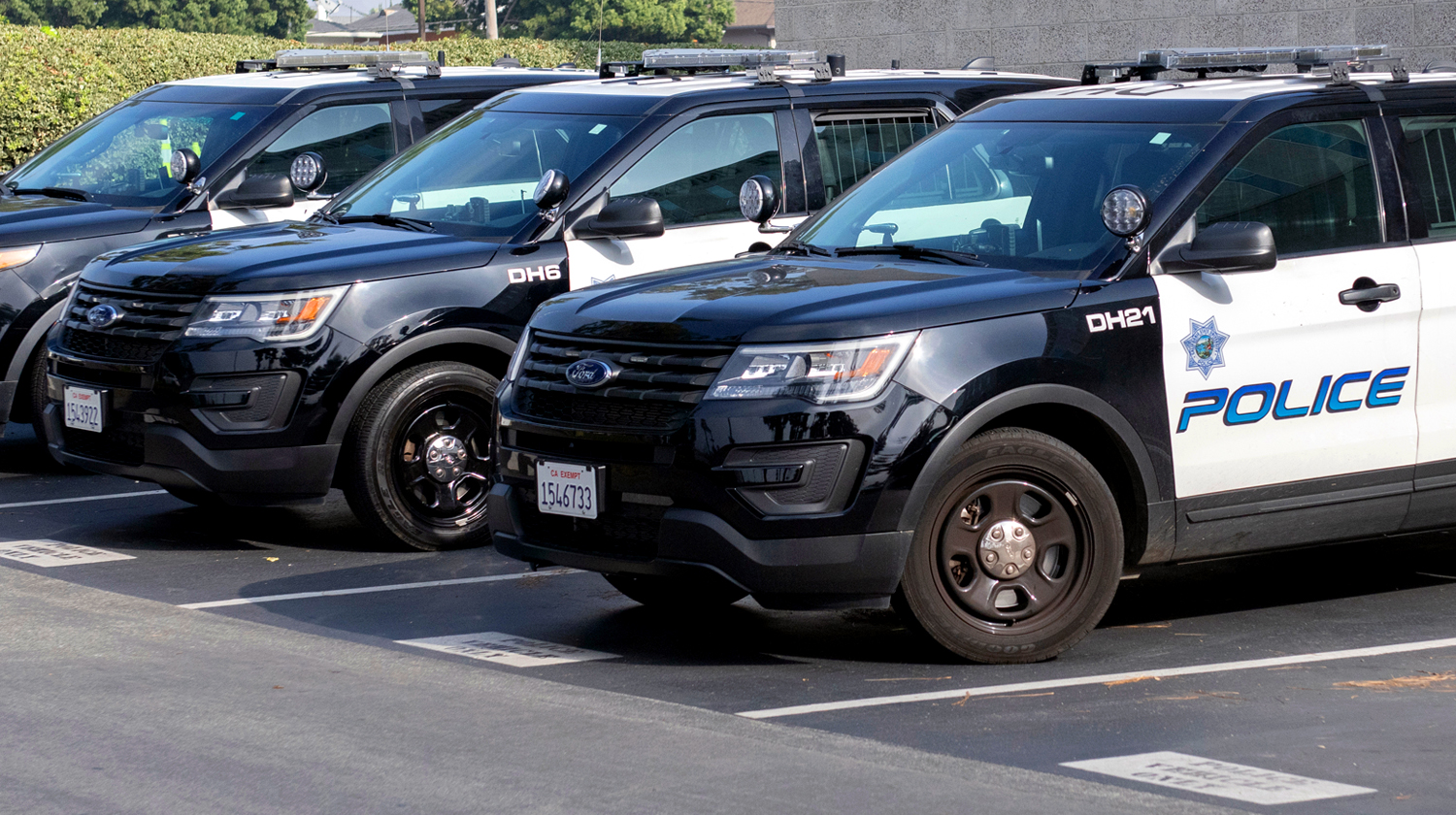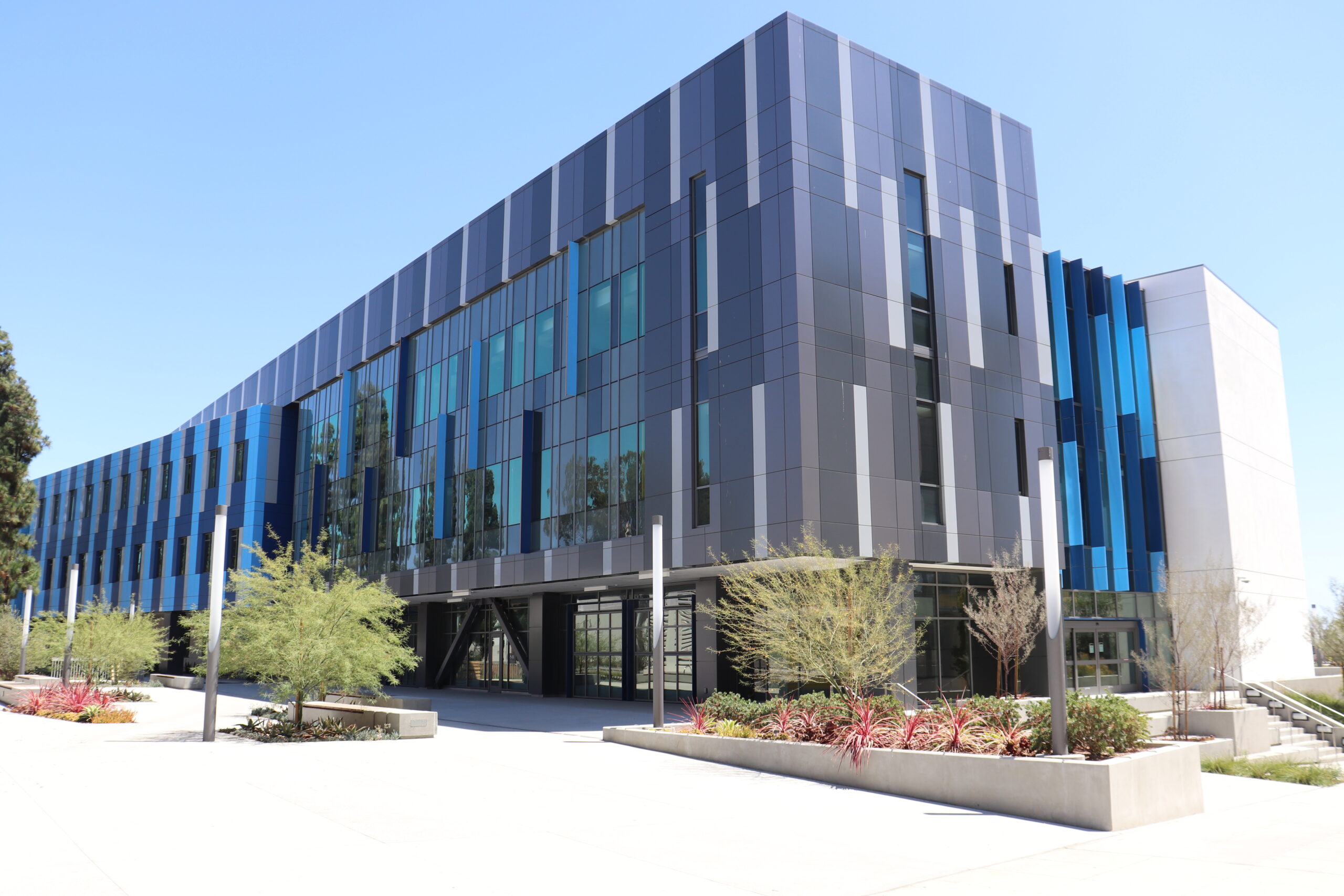CSUDH Campus Police hosted a town hall meeting on Nov. 29 in the Loker Student Union (LSU) to address several emergency safety and security issues. Topics included how to stay safe in an active-shooter situation, as well as natural disaster preparedness and the number of gender-neutral bathrooms on campus.
A video produced by CSU explained best practices for responding to and staying safe in the event of an active-shooter situation on campus. Important tips included: staying calm, being aware of immediate surroundings, and identifying potential escape routes.s
Police also recommended exploring campus to become more familiar with buildings and landmarks, which could help someone to remain oriented during an emergency.
Emergency Manager Ernie Fierro discussed the campus’ readiness and preparedness for all emergencies and how the Emergency Operations Center (EOC) scales its support staff based on the severity of the emergency.
The EOC is the department responsible for managing earthquake drills such as the California Great Shake Out and manages the Toro Alert System. Fierro said personal preparedness for emergencies is extremely important and that some of the best ways to prepare include always having a plan, keeping an emergency kit, and knowing evacuation routes and procedures to the best of your abilities.
Following Fierro’s presentation on the topic of emergency preparedness and natural disasters, Environmental Sciences professors, Kelley Dawdy and Cheyenne Cummings spoke about how the EOC should enhance safety protocols. Dawdy and Cummings suggested the EOC update evacuation route maps in classrooms to include newer buildings, increase the frequency of emergency drills to practice safety procedures, and enhance the alert system.
“We have a lot of concerns about our campus readiness,” Dawdy said, “Year after year, [Cummings] and I go to them to voice our issues with what needs to be done, and everytime we get shrugged off,”
Dawdy went on to describe her and Cummings’ constant back and forth with trying to pressure the EOC into better alarm systems, especially for the Science Math and Technology and Social and Behavioral Science buildings.
Dawdy also mentioned how her class missed this year’s Great Shake Out drill due to the Toro Alert system running late. Fierro chalked this up to a minor delay in the alert system because it is a CSU-wide drill so there was a lag in the release of the practice emergency message.
“We are a non-impacted campus, meaning we still have land to put buildings on. Our enrollment is only going up, which means we could be a construction site constantly for the next several decades,” Dawdy said.
“Does that mean we have to wait several decades until there’s no construction before we make updated maps?”
Police Chief Carlos Velez asked for the professors to voice their concerns further outside of the meeting. He then presented the various steps that campus police take to manage the safety and security of the campus. Velez mentioned that the majority of crimes on campus are cases of stolen personal property. He said visitors should take extra care to secure their personal belongings because the university is not responsible for them if they are stolen.
“If you see something, say something. If somebody is telling you something that makes you uncomfortable or concerns yours or somebody else’s safety on campus,” said Velez. “Tell us so that we can further investigate.”
After Velez, Mayra Romo from the Center of Advocacy, Prevention, and Empowerment (CAPE) spoke about how the center addresses instances of harassment, assault, and stalking through confidential counseling. CAPE helps students and staff who need assistance in dealing with any harassment whether they are facing this at home or on campus.
“College students are the most high-risk population for stalking, and that is something that is not talked about a lot,” Romo said.
After the presentation by CAPE, Blair Miles from the Office of Equity and Inclusion (OEI) spoke about the office’s duty to resolve issues related to harassment, inequity, and discrimination. OEI is responsible for the Title IX training and plays a key role in preventing bias and promoting safety and equity at CSUDH.
One attendee expressed concerns about what they said was the lack of gender-specific bathrooms on campus. The attendee said some buildings, like LSU, only have gender-neutral restrooms and some people had to go to a different building on campus to feel more secure.
“I think about all the people who have had traumatic experiences when the bathroom door closes. There are whole buildings’ bathrooms that are gender neutral, that is uncomfortable,” they said.
One faculty member echoed that sentiment, saying that it was uncomfortable to walk into a restroom and bump into one of their female students. The faculty member said they now have to go outside LSU to find a suitable restroom.
“I think it’s great to have that option in buildings, but we should give everyone the option of [gender-neutral] or gendered restrooms,” the faculty member said.
Miles did address these concerns and shared how he, too, feels uncomfortable walking into a gender-neutral restroom because people may feel intimidated by his large stature.
In an email to The Bulletin, LSU Executive Director Cecilia Ortiz clarified that the building does have gender-binary restroom facilities located on the ballroom level. There are also single-user restrooms on the main level of LSU near the DH Sports Lounge restaurant.
Editor’s note — Dec. 8, 2023: This article has been updated to include important details about the gender-binary restroom facilities available in the Loker Student Union. This information was not included in the print version of this story. The Bulletin regrets the oversight.


